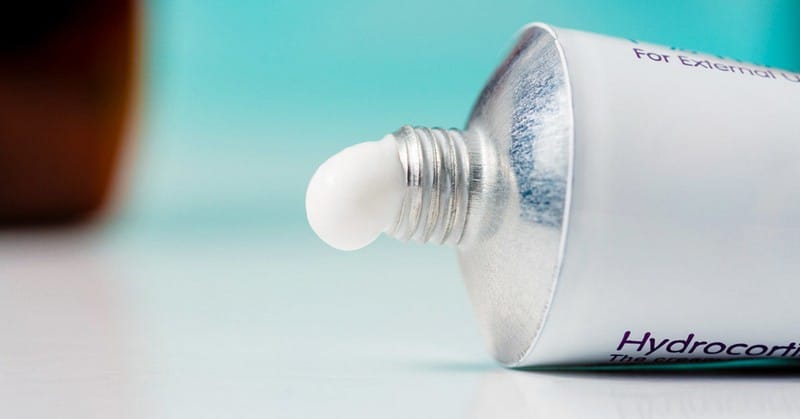Hydrocortisone

Corticosteroids are anti-inflammatory medicines that treat various conditions, including allergies, eczema, and asthma. Corticosteroids work by reducing inflammation in the body. High-dose corticosteroids are typically only used for short periods because they can have serious side effects if used for long periods. Some common side effects of high-dose corticosteroids include increased appetite, weight gain, stomach pain, oral thrush, trouble sleeping, and mood swings.
Corticosteroid creams or ointments can be applied directly to the skin to help relieve itching and inflammation caused by poison ivy rashes. In one study, topical steroids showed high efficacy in reducing symptoms related to poison ivy dermatitis compared to oral antihistamines or no treatment. Topical steroids can also be used with oral antihistamines to help further relieve symptoms related to poison ivy dermatitis.
In the case of a poison ivy rash, it is worth considering a prescription for a high-dose corticosteroid. However, speaking with a healthcare provider before taking any medicine is important. This is especially true for pregnant or breastfeeding women, as high-dose corticosteroids can pass into breast milk and may cause harm to the nursing baby.










